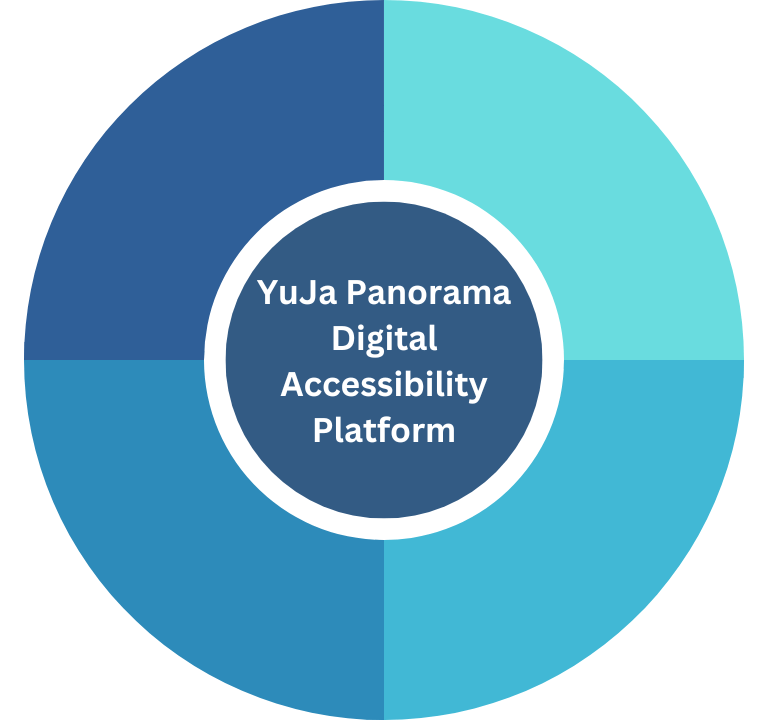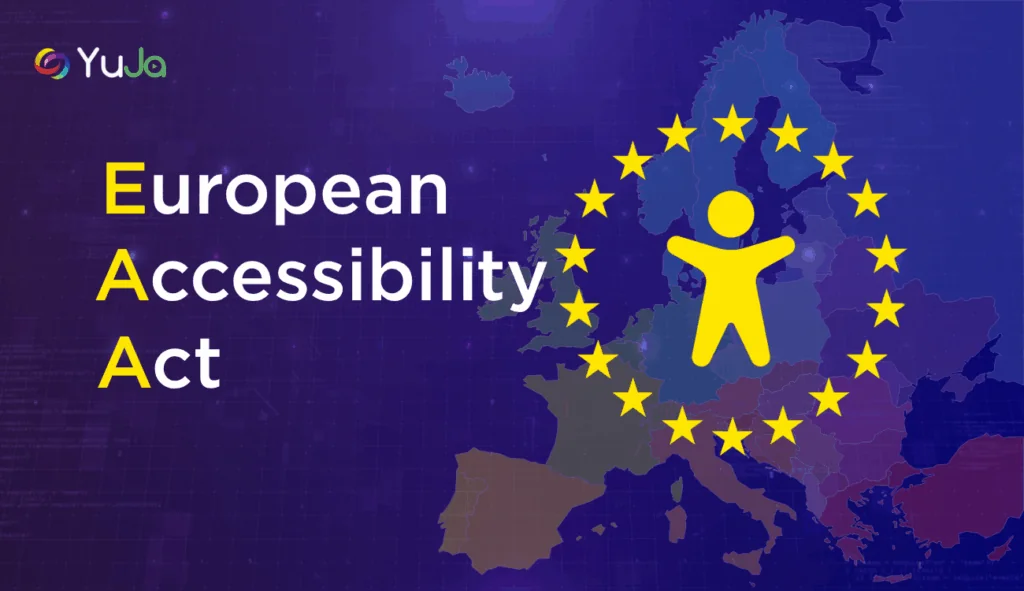Importance of Digital Accessibility
“The power of the Web is in its universality. Access by everyone regardless of disability is an essential aspect.”
Digital accessibility is critical to ensuring those with disabilities can navigate and use materials presented online in a way that suits their needs.
The COVID-19 pandemic led to an evolution in how institutions view digital accessibility, especially when instructors had to quickly convert learning materials to online resources for students. “The power of the Web is in its universality. Access by everyone regardless of disability is an essential aspect,” said Tim Berners-Lee, inventor of the World Wide Web.
Not only is digital accessibility a civil right, it’s required by law. Hundreds of universities have faced lawsuits or have had complaints filed with the U.S. Department of Justice for failure to meet laws related to digital barriers. Regardless, creating an accessible learning environment is the right thing to do.
Quadrants of Digital Accessibility in Higher Education
Accessibility in higher education can be complex. Finding a tool that serves as a complete solution to accessibility can help guide your institution through the journey. Any potential solution must span an institution’s entire digital footprint, which can be broken down into quadrants:
-

Your Institution’s LMS Accessibility Module: A fully-integrated digital accessibility solution for all learning management systems content, including uploaded media, WYSIWYG web-based content, real-time scores, trends, remediation suggestions, math equations and other LMS content.
- Website and Intranet Accessibility Module: This consists of a website accessibility tool for all public intranet web content. It is integrated into all organization web portals and websites to provide customizable accessibility views for users.
- Library and Reserve Desk Accessibility Module: This quadrant is focused on providing accessibility to the campuswide distribution of images, newspapers, books, maps, audio, and video content in an accessible manner.
- Student Self-Service Accessibility Tools: This refers to all web app, mobile, and self-service tools for students to make their own content and web experiences more accessible based on their individual needs.
A Higher-Ed Digital Accessibility Solution
Despite institutions understanding the case for digital accessibility, some fall short in implementing user-friendly solutions that make accessibility a priority from the start. Deploying an accessibility compliance suite like the YuJa Panorama Accessibility Platform can provide peace of mind that your institution is putting the right emphasis on digital accessibility for students with varied learning needs.







